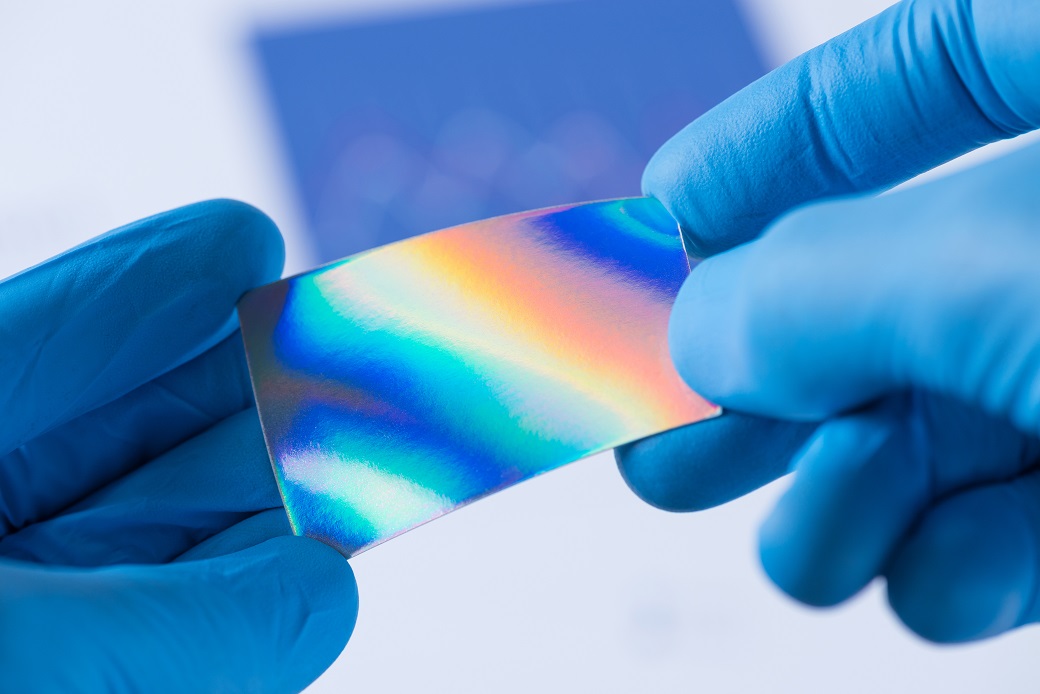The Right Material Knowledge for Successful Products

Material knowledge is an important component in product development and simulation. Read on to learn more about how material cards are used with product development and simulation processes to ensure the right material data gets to the right users – resulting in a more efficient collaboration process to get successful products to the market.
Material knowledge with material cards used within the product development process for better collaboration
In previous blogs, we’ve highlighted the topic of integrated material management to support streamlined product development. The use of the right material knowledge can improve your business processes and help you get innovative products out the door, faster. How do material cards fit in to this topic? Material cards form the necessary input for CAD and CAE systems to run weight analysis or detailed product simulations. This in turn feeds product lifecycle processes with the right information needed to digitally develop successful products, on-cost and on-time.
In an article posted on The Lightweighting World website, it states “A critical and often underappreciated factor in successful product development programs is the availability and validity of material card information. The term “material card” refers to the collection of input data that design engineers must enter into their simulation programs prior to modeling their designs. As the level of complexity of the design exercise increases, the amount and fidelity of the material card data must also increase to achieve an acceptable level of modeling predictability.”
Valid and up-to date material card information is essential for the development and the iterative improvement of product designs. Collaboration with the right material knowledge throughout the product lifecycle process enables the success of the digital twin, and the success of the product.
Through the holistic approach of Teamcenter Integrated Material Management, the complete material lifecycle can be traced, from the original parameter identification procedure, to the final system analysis. Material knowledge is shared and can be accessed throughout all functional domains of the product lifecycle. Simulation users and their workflows are supported by providing easy access to the right material cards in the right format and enabling traceability between material definitions and managed simulation data.

Even though simulation users leverage a wide variety of simulation tools (Siemens, 3rd party, or in-house) to perform different types of analyses, not all manage their data in Teamcenter. However, they can still take advantage of Teamcenter Integrated Material Management to access the material definitions, as described in the three scenarios below.
Three (3) different examples of managing material knowledge with material cards using Teamcenter
Simulations performed in Simcenter 3D and managed in Teamcenter Simulation
In the first scenario, access to CAD, geometry simplification, finite element model creation, simulation set-up and execution are performed directly within NX or Simcenter 3D running in managed mode. Various simulation artifacts generated throughout this process are seamlessly captured in Teamcenter Simulation Management, providing a fully managed Simcenter 3D environment.
The NX extension for Teamcenter Integrated Material management enables you to directly assign materials to the CAD Model, Idealized Part, or Mesh Model.
The material information is synchronized between Teamcenter and the corresponding NX or Simcenter 3D files. A relation between the material item and the corresponding CAE item enables seamless traceability.

Simulations performed in Simcenter STAR-CCM+ or 3rd party simulation tools and managed / orchestrated via Teamcenter Simulation
In the second scenario, access to CAD, geometry simplification, finite element model creation, simulation set-up and execution are performed inside Simcenter STAR-CCM+ or any 3rd party simulation tool such as ANSA, Hypermesh, ANSYS etc. and in a managed environment provided by Teamcenter Simulation Management. Exporting the inputs, executing the simulation tool, and importing the outputs are handled by Teamcenter Simulation Management’s tool launch framework. Integrated Material Management, in combination with Teamcenter Simulation Management, enables (a) linkage of material definitions with CAE data (b) extraction of valid material cards in a solver specific format and providing that as input together with product and model data during simulation tool launch.

Simulations performed using a variety of simulation tools in an unmanaged environment.
In the third scenario, simulations are performed in a standalone and unmanaged environment. None of the simulation data is stored and managed in Teamcenter. By leveraging Teamcenter Integrated Material Management, the simulation expert can still benefit from the Teamcenter material gold-source. Through the export filter capabilities inside Teamcenter, the right material cards can be extracted in the right format. The open and configurable filter technology allows users to extract and generate the right material cards needed for the established simulation processes and tool landscape. Teamcenter Integrated Material Management provides standard export filters out of the box for several common simulation tools. For company owned or proprietary formats customers can easily configure corresponding export filters.

Material knowledge, weaved through the digital twin, with design and simulation functions, enhances the product lifecycle with the right information, required to develop successful products, on-cost and on-time. Be sure to check out more information around material knowledge and how it is managed via Teamcenter.


